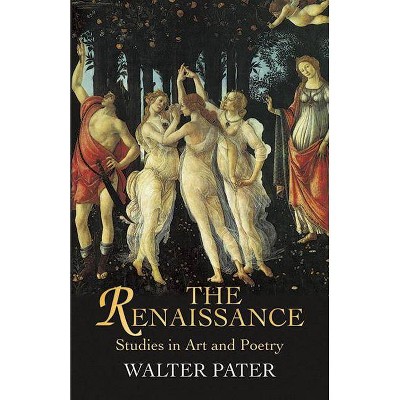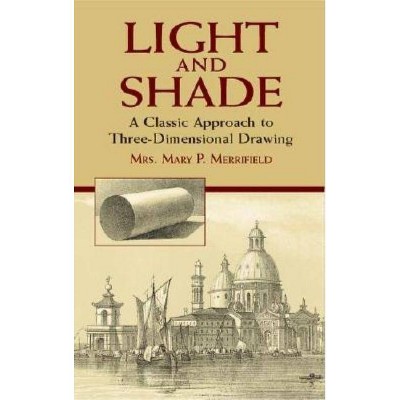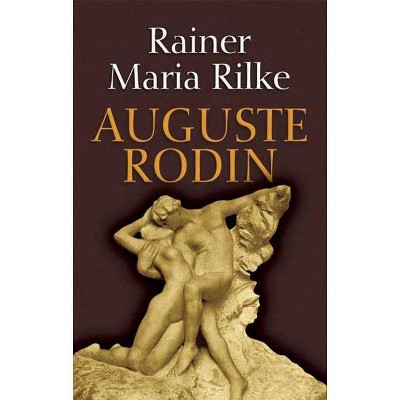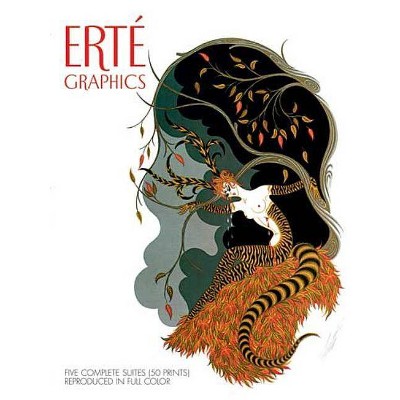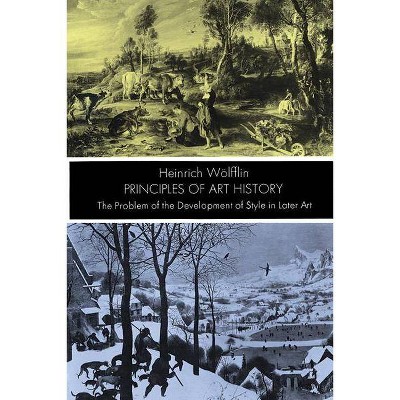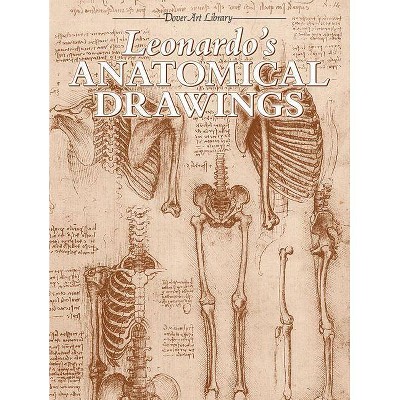Art and Geometry - (Dover Books on Art History S) by William Mills Ivins (Paperback)
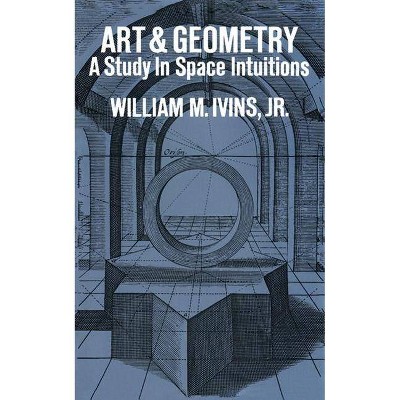
Similar Products
Products of same category from the store
AllProduct info
<p/><br></br><p><b> About the Book </b></p></br></br>This highly stimulating study observes many historical interrelationships between art and mathematics. It explores ancient and Renaissance painting and sculpture, the development of perspective, and advances in projective geometry.<p/><br></br><p><b> Book Synopsis </b></p></br></br>This highly stimulating study observes many of the sometimes startling interrelationships between art and mathematics throughout history. It explains the differences between ancient and Renaissance painting and sculpture as well as the development of perspective and advances in projective geometry achieved by Nicholas of Cusa, Kepler, and Desargues.<p/><br></br><p><b> From the Back Cover </b></p></br></br>One of Western civilization's jealously guarded myths is that of Greek cultural supremacy. In this controversial study, William Ivins shows that the limitations of the Greek worldview actually hampered the development of the arts and sciences and gives a stimulating history of the new ideas of the Renaissance, especially in painting and geometry, that freed us from ancient misconceptions. Beginning with the Greeks, the author explains for the general reader the differences between ancient and Renaissance painting and sculpture, proving that the curiously static quality of Greek art arose from a misunderstanding of the laws of perspective. He then shows how this misunderstanding was corrected by Alberti, Pelerin, Durer, and other Renaissance artists who provided the first fruitful investigations of perspective. From there to projective geometry was but a step, and the author covers this major advance in our knowledge through the work of Nicholas of Cusa, Kepler, and Desargues. This book is perhaps the only concise history in English of the development of mathematical perspective and projective geometry. But the author's ability to relate styles in art to advances in geometry and his ingenious theory of the modern "visual" worldview and the Greek "tactile" worldview mean that his book will be provocative not only to mathematical historians but also to art historians and to anyone concerned with the history of thought, from philosopher to layman.
Price History
Price Archive shows prices from various stores, lets you see history and find the cheapest. There is no actual sale on the website. For all support, inquiry and suggestion messages communication@pricearchive.us


